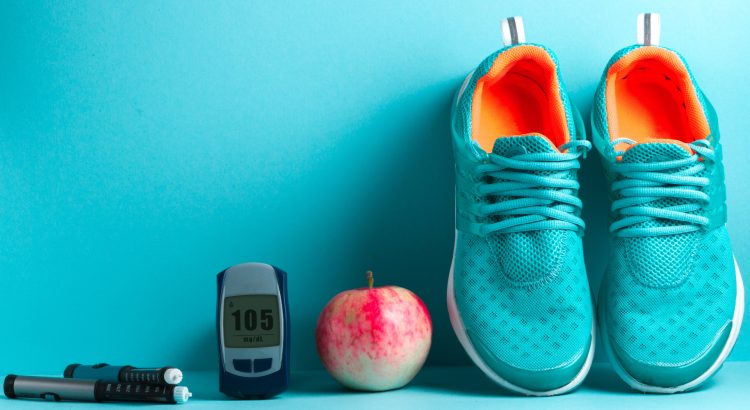Understanding Prediabetes
Prediabetes refers to the phase before a person develops diabetes, where blood glucose levels are higher than normal but not high enough for the person to be diagnosed with diabetes. To understand prediabetes, you first need to know what diabetes is and why you are trying to avoid it. According to the Centers for Disease Control (CDC), rates of type 2 diabetes have more than tripled in the United States since the early 1990s, fueled largely by the global obesity epidemic. Most people know that diabetes is when you have too much sugar in your blood – “sugar” refers to blood glucose, which is your body’s fuel.
Diabetes: A Simple Explanation
Diabetes is a chronic medical condition in which the body has a reduced ability to clear glucose (sugar) out of the blood and into the body’s cells after eating or drinking anything that contains carbohydrates. This reduced ability results in elevated blood glucose, or hyperglycemia. Type 2 diabetes is caused by the coexistence over time of two conditions: insulin resistance and chronic inflammation. This results in a progressive state where the body needs to produce higher than normal amounts of the hormone insulin to clear glucose out of the blood after a meal or snack that contains carbohydrates. Insulin resistance starts at a low or “subclinical” level that can exist for years before being diagnosed by a blood test.
Insulin resistance occurs on a spectrum: it starts at a low level, where there’s no easy test to see that it’s happening as it progresses, insulin resistance eventually shows up as prediabetes; and if not addressed through diet, lifestyle changes, and possibly medication, insulin resistance may progress further to diabetes. Current estimates are that most individuals with prediabetes – as high as 70% – will eventually develop type 2 diabetes. Aside from high blood glucose levels, diabetes is associated with a host of other health problems including heart disease, stroke, amputations, kidney failure, cancer, and cognitive (brain function) problems. Research tells us that the risk of all these problems can be greatly reduced, or even altogether avoided, when healthy lifestyle changes are implemented early on. As the old saying goes, an ounce of prevention is worth a pound of cure!
Diagnosing Prediabetes: The Testing Process
According to the American Diabetes Association (ADA), there are certain groups of people who should be tested and subsequently screened for prediabetes regularly. Without obesity, screening should begin at age 45. Regardless of age, testing should be considered in all adults who are overweight (with a Body Mass Index of 25 or greater) and have additional risk factors, including:
- Physical inactivity
- First-degree relative with diabetes
- High-risk race or ethnicity (African American, Latino, Native American, Asian American, Pacific Islander)
- Hypertension (high blood pressure, greater than 140/90 or on medication)
- HDL cholesterol level of less than 35 mg/dl and/or triglyceride level of greater than 250 mg/dl
- Women with polycystic ovary syndrome (PCOS)
- History of cardiovascular disease
According to the ADA, there are currently three different ways to be tested for prediabetes: A hemoglobin A1C test, a fasting plasma glucose test, and an oral glucose tolerance test. Your blood glucose levels measured after these tests determine whether you have normal glucose metabolism, prediabetes, or diabetes.
Millions of Americans are walking around with prediabetes, and the majority don’t even know it. To figure out your risk, take the one-minute American Diabetes Association’s Risk Test.
If you are concerned about your prediabetes risk, know that small changes to your lifestyle can lower your risk. If you’re overweight, losing just 10-15 pounds can make a big difference. Make small changes to the way you eat without giving up the foods you love, increase your daily physical activity to 30-minutes, and manage your stress. And consider participating in the National Diabetes Prevention Program (National DPP) aimed at addressing the growing problem of prediabetes and type 2 diabetes. The CDC established this lifestyle change program focused on helping participants make positive lifestyle changes such as eating healthier and getting more physical activity. Other resources include:
- VCU Health Hub at 25th
- Bon Secours Center for Healthy Living, Sarah Garland Jones Center
- Diabetes Care Center at Chippenham Hospital
This month get started on developing healthy habits with the Fitness and Wellness Division’s “The Benefits are Endless” 28-day challenge. Program information is found on the Fitness and Wellness SharePoint site.
